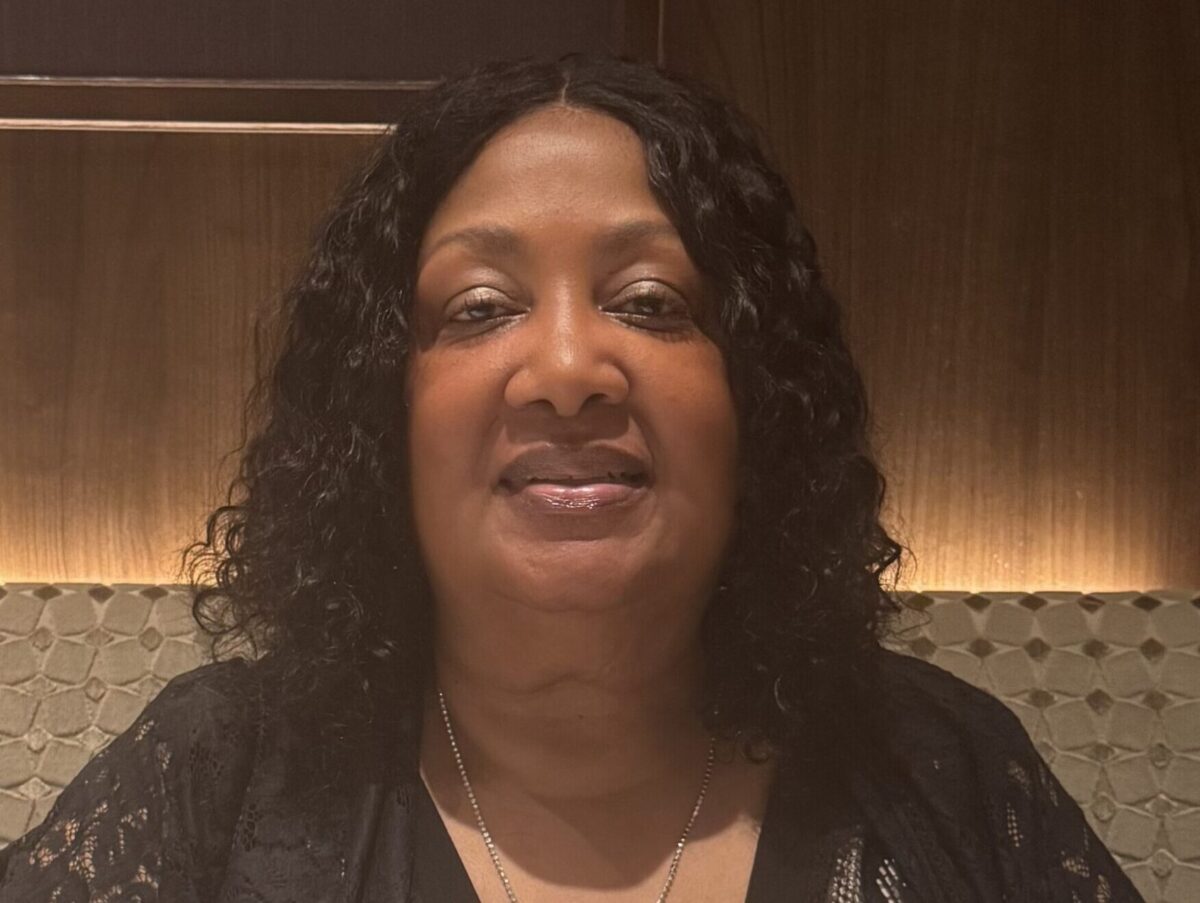Boning up on bone health
By Jay Nachman
Two of the nutrients that help maintain bone health are calcium and vitamin D. For men under 70 and women under 50, at least 1,000 milligrams a day of each is recommended, according to Dr. Arjun Ramprasad, sports medicine physician at 3B Orthopedics at Jefferson Health. That number should increase to 1,200 when women are over 50 and men are over 70. Vitamin D should be complemented with sunlight because “we do need a certain amount of exposure to the sun for the vitamin D to be converted into the form that goes into the bones because both calcium and vitamin D are part of the matrix of the bone that keeps it healthy,” he said.
The reason that women need more nutrients is that women’s bones are not as dense as men’s. And, after menopause, women’s estrogen levels drop causing bone density to drop more rapidly. For men, if testosterone levels are low, it can negatively affect bone mineral density, Ramprasad explained.
He is fellowship-trained in musculoskeletal ultrasound for both diagnostic and therapeutic purposes and was a former assistant team physician for the Philadelphia Union soccer team.
Keeping bones healthy and strong can also be helped by weight bearing exercises like walking, jogging, and climbing stairs, which will slow bone decline.
Bones, Ramprasad said, are the skeletal system for the body. They are needed for support to be able to function, which means “walking and motion. They provide the backbone, literally, for the body, for the organs and everything else. They also provide stability with activity. In terms of activity or motion, they provide extra support for the cushioning of running, landing and jumping. They also protect our organs. The way our body is set up, the skeleton surrounds the brain to protect it from injury. The ribs and the chest bones are designed to protect the internal organs like the lungs and the heart. Lower down, the ribs also protect the stomach from trauma or penetrating injury.”
In addition to vitamins and supplements, doctors can prescribe medications to promote bone health.
Typically, Ramprasad said, the end of adolescence is when people reach “skeletal maturity” and bones stop growing. Peak bone mass occurs at around age 20. That holds steady until about age 40, when a slow, gradual decline in bone density starts to occur.
In addition to vitamins and calcium, a healthy diet can help with bone health and injury avoidance. Smoking and heavy alcohol consumption can also have negative effects on bone density.
Being both overweight and underweight can affect bone density. “If your BMI (body mass index) is under 19, you may not have enough nutrients to keep the bones healthy so we do have to make sure that you keep your weight at a level that will provide enough vitamins and nutrients to let your body remodel its bone, making sure we have enough of it growing to replace the bones that get damaged and broken down. It’s a constant state of cycle for the body,” Ramprasad said.
When bones are more fragile, he said, “that’s when they are more likely to break if there’s any sort of injury, even if it is a minor one. We always want to avoid injury but if anything happens, there’s less risk of any sort of large fracture or really bad bone injury, if we keep our bones healthy.”
If an injury occurs, a doctor can prescribe a brace, sling, boot or cast, whatever device is needed so that the bone fragments stay in alignment and heal properly.
Ramprasad also advised older adults to see their primary physicians annually. Sometimes, he said, a doctor can order a bone scan to see if a patient is at risk for a bone-related injury.
Jay Nachman is a freelance writer in Philadelphia who tells stories for a variety of clients




